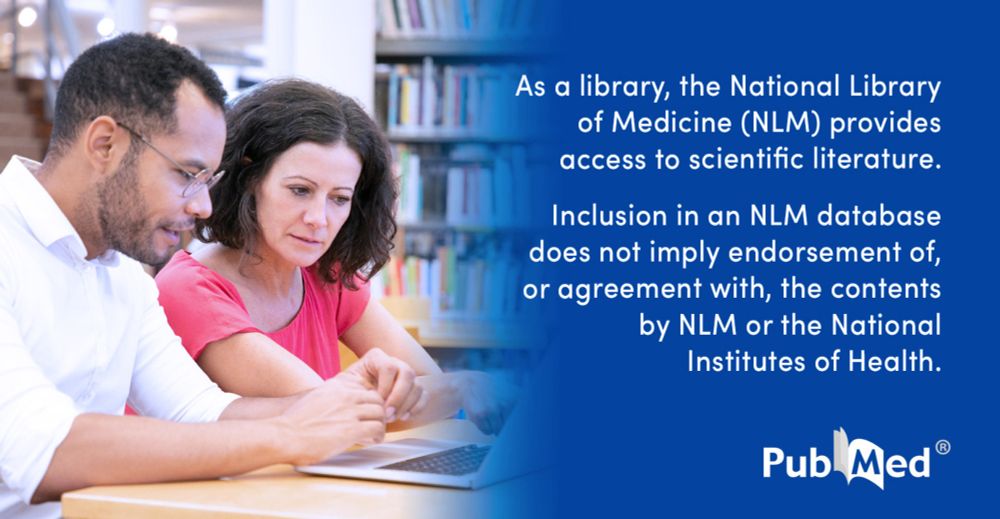Stephen Burgess
@stevesphd.bsky.social
690 followers
170 following
110 posts
Medical statistician, work with genetic data to disentangle causation from correlation. Author of book on Mendelian randomization.
Posts
Media
Videos
Starter Packs
Stephen Burgess
@stevesphd.bsky.social
· Jul 22
Stephen Burgess
@stevesphd.bsky.social
· Jul 22
Stephen Burgess
@stevesphd.bsky.social
· Jul 22
Stephen Burgess
@stevesphd.bsky.social
· Jul 22
Stephen Burgess
@stevesphd.bsky.social
· Jul 22
Stephen Burgess
@stevesphd.bsky.social
· Jul 22




